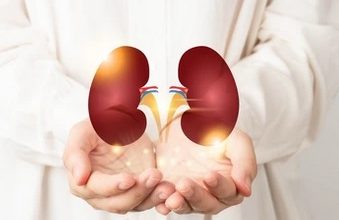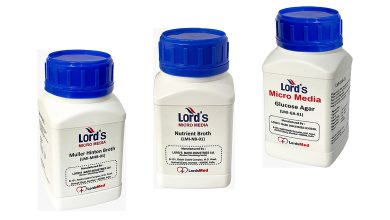APHERESIS – Current Trends and Applications

Advent of blood cell separation throgh the process of APHERESIS has helped to collect the desired blood component in the required therapeutic dose from a single donor. An insight by Dr Rajesh Deshpande,
Sr Manager – Medical Affairs and Clinical Application TCT Division, Asia Pacific (excluding China) Fresenius-Kabi India
The field of transfusion medicine has shown dynamic progress over the past few decades. Increasing risks of
transfusion-transmitted pathogens and the growing concern regarding transfusion safety have led to the
implementation of newer and safer blood transfusion practices. It all began with the adoption of component therapy wherein the whole blood collected from a donor is separated into its various components – red cells, plasma and platelets.
Subsequent developments led to the advent of blood cell separation through the process of APHERESIS, which helped to collect the desired blood component in the required therapeutic dose from a single donor.
Apheresis dates back to the early 20th century when John Abel coined the term ‘Plasmapheresis’ in 1914. The scope of therapeutic application of this technique emerged in the 1950s. Derived from the Greek word ‘Aphairos’ which means, ‘taking away or withdrawing’ Apheresis constitutes a procedure in which the whole blood from the donor/patient is removed and processed to separate the desired component of blood. This component is retained, and the remaining blood is returned to the donor/patient. For instance, an apheresis procedure that
aims to collect platelets from a donor is called Plateletpheresis. Apheresis began as a manual laborious process but the introduction of automated cell separators in the 1970s made the process sophisticated yet safe, efficient, convenient and comfortable.Apheresis machines permit the collection of single or multiple blood components in therapeutic doses with high purity and quality. At the same time, therapeutic apheresis is now an established modality of patient care for a diversity of diseases.
Thus, applications of apheresis can be grouped under:
1. Component collection from healthy donors – platelets, plasma, erythrocytes, leukocytes. Plateletpheresis is the most commonly performed donor apheresis. Also known as Single Donor Platelets (SDPs), platelets collected from one donor by apheresis are equivalent to 8-10 units of platelets prepared from whole blood bags (Random Donor Platelets). Plateletpheresis is routinely used in the management of thrombocytopenia due to leukaemia, aplastic anaemia, various hematologic disorders causing Pancytopenia, post-transplantation, following chemotherapy, bleeding in surgeries, etc. It is slowly but surely gaining wide acceptance across the world with increasing awareness of the technology and the favourable patient outcomes. In India and South Asia, there has been a significant rise in the usage of platelets for haematologic support in
cancer treatment as well as in seasonal outbreaks like dengue and leptospirosis.
2. Therapeutic apheresis in patients – Therapeutic Apheresis aims at removing pathogenic cells/plasma from the
patient and replacing them with normal components. This helps primarily in alleviating the disease symptoms. It is often used successfully in conjunction with other forms of treatment. Plasma exchange, red cell exchange, leukocyte depletion and immunoadsorption are gaining wide acceptance in the treatment of diseases listed in the ASFA (American Society for Apheresis) guidelines. The collection of Peripheral Blood Stem Cells (PBSCs) using Apheresis is gaining wide acceptance and is used all over as an alternative to Bone marrow transplantation (BMT). Here stem cells are mobiliSed from the bone marrow into the peripheral blood by growth factors. The cells are then collected by apheresis, preserved and then re-infused following chemotherapy.
Techniques of Apheresis: Apheresis is based either on the principle of differential centrifugation that ensures density-based separation of different blood components or on the filtration principle that allows separation by particle size using membranes or filters.
Centrifugal apheresis is preferred for its efficiency and lesser incidence of adverse reactions. It is performed by Cell Separator devices based on any one of the following two techniques:
• Intermittent flow separation – in which the procedure is performed in draw and return cycles to obtain the desired quantity of the product. This is essentially a single-needle process wherein the separation and collection are intermittent. This method takes more time and involves high extracorporeal blood volume.
• Continuous-flow separation – Here, the blood is drawn, separated and returned simultaneously with continuous separation of the blood taking place inside the machine. It is usually a dual-needle procedure as blood is drawn from one arm and returned through the other arm. This method maintains the isovolumic status of the donor/patient, reducing the procedure time through continuous return. Apheresis, today, plays a major role
in cell therapy, which is slowly but surely gaining global acceptance in the treatment of haematological and oncological diseases. In short, the field of apheresis has shown remarkable growth in terms of advancement and acceptance and is continuously evolving. It has enhanced our understanding and capability to improvise safe blood collections and transfusion practices leading to optimum patient care.




